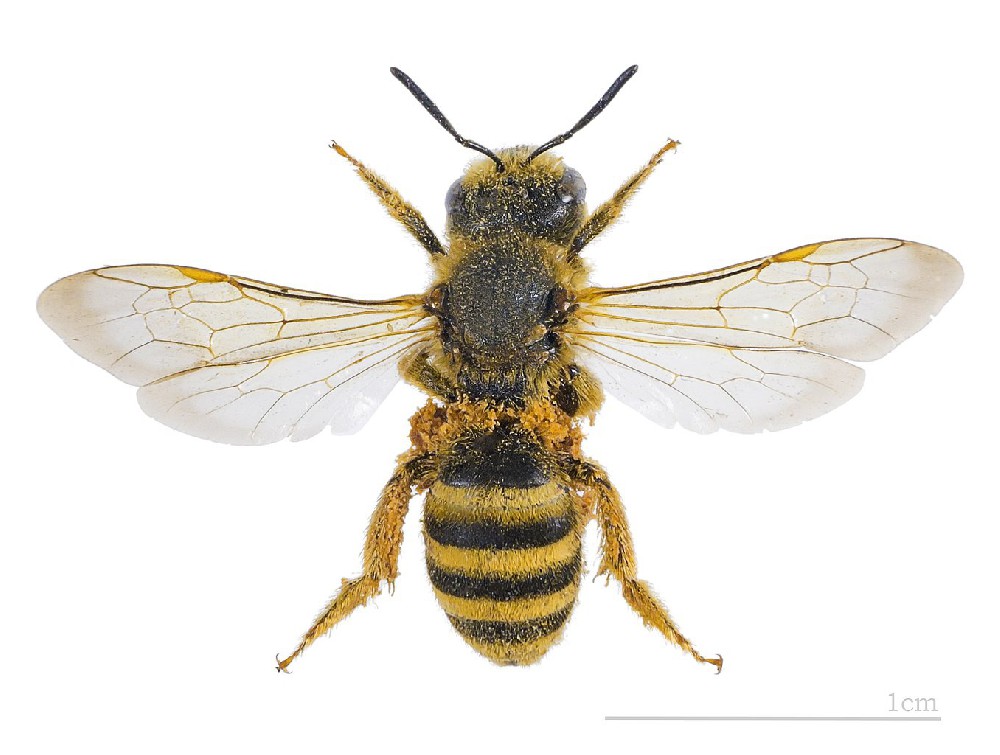Leafcutter bees are a type of social insect known for their unique habits and behaviors. The following is a detailed introduction and living habits of tunnel bees:

Body size: Tunnel wasps are usually slightly larger than honeybees, with a plump body shape and a body length of about 6-15 mm.
Appearance: The body of the wasp is black or metallic and covered with obvious hairs. Their bellies are covered in fine hair, giving them a softer appearance.
Nest construction: Tunnel wasps are famous nest builders. They use plant leaves and petals as raw materials, cut them into small pieces, and use them to build nests. These leaves are used to separate the nest chambers and provide space for the larvae to inhabit.
Food habits: Adult bees mainly feed on pollen and nectar, but not all species will eat nectar. Some species of bees mainly feed on pollen.
Reproduction: Tunnel wasps are usually solitary bees, with each female working independently and building a nest. The female bee mixes pollen and honey into a special food that feeds the larvae and continues to lay eggs in the nest.
Pupation of adults: The wasp larvae are fed pollen honey in the nest, and after a period of time they pupate and finally become adults, which immediately open the nest and fly out.
Pollination: Tunnel bees are of great ecological significance to plants in the process of sucking nectar and pollinating flowers, contributing to plant reproduction and the balance of the ecosystem.
Ecological balance: Through their behaviors of building nests, feeding and reproducing, tunnel bees interact with other organisms to maintain the balance of the ecological environment.
As important pollinating insects, tunnel wasps play an important role in plant reproduction and the balance of the ecosystem. Their unique nest construction methods and ecological habits make them distinctive in the insect world. I hope the above introduction is helpful to you. Please feel free to let me know if you have any additional questions or need more information.
animal tags: bee
We created this article in conjunction with AI technology, then made sure it was fact-checked and edited by a Animals Top editor.